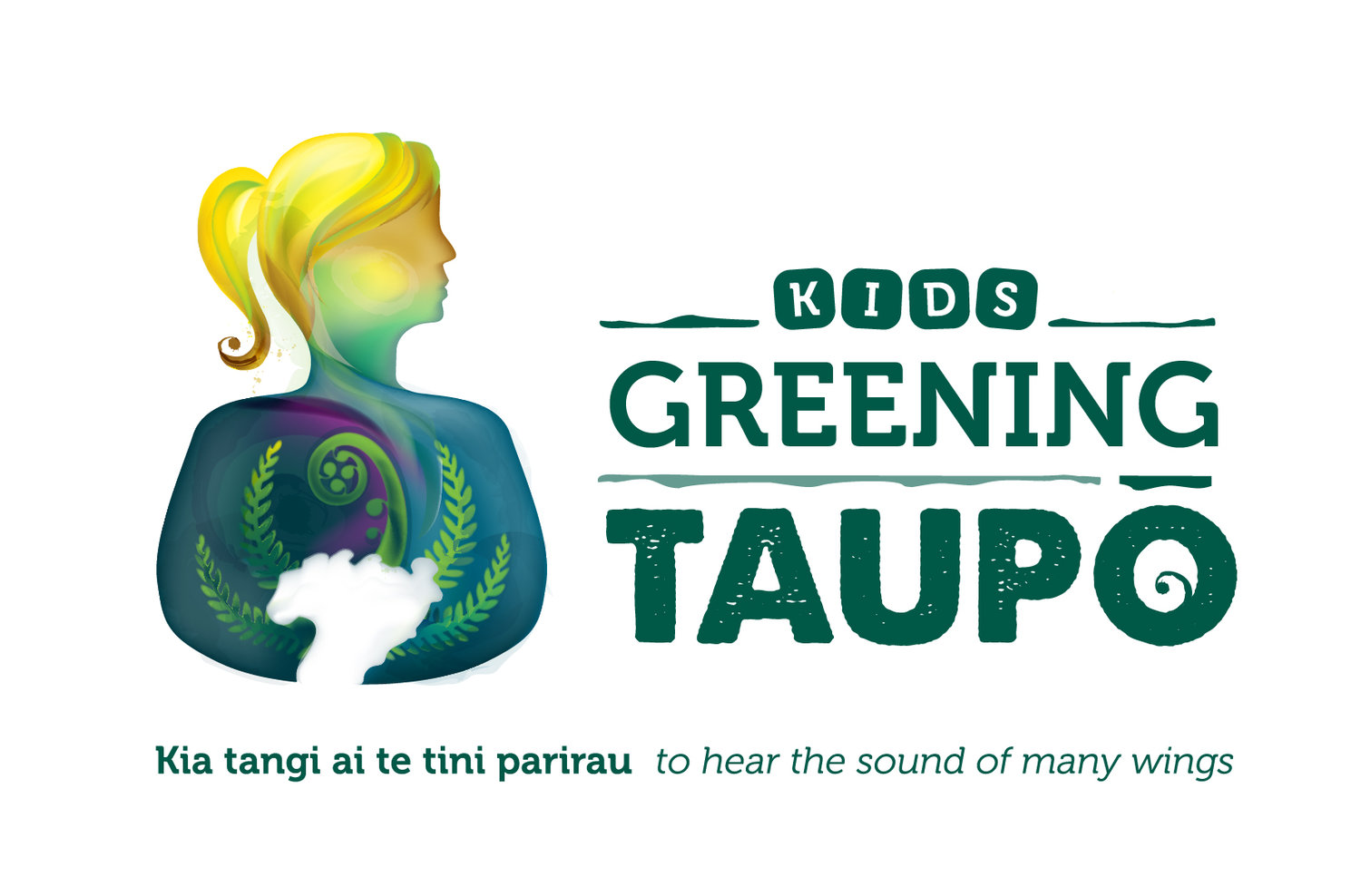Student Leadership Team-Overnight Camp
The Student Leadership Team has been wanting an overnight camp for a while. As that has been uncharted territory as of yet, we decided to have a trial run recently with our Senior Leaders and a few of our Intermediate Student Leaders who we have known for a few years. And it went fabulously. We can't wait to organize another one for later in the year for more Student Leaders. Check out the fun we got up to!
The morning of day one started out at the Tuki Street Planting Site with Shirley Potter. We helped her to plant native sedges along the road edge to help define an area she will later plant with taller trees. She spoke to us about how the presence of weed trees like willows effected the river beds and led to flooding. She is working to restore the river to flow along its natural river bed. Finally the students found out why pittosporum means ‘sticky seeds’ as they collected seeds from a rautawhiri laden with small seeds covered with a sticky film that will grown into next years plants.
The afternoon saw the Student Leaders meet up with Dave Lumley who talked to us about the important trapping work that is happening out in Pukawa. He shared stories about the increase of bird life he has seen with karearea, New Zealand's native falcon, being seen resting in the branches of the native trees in the area. Hiking the loop trail, each student shared the stories of their favorite tree and how to identify them. It was interesting to hear everyone's perspective on which tree was the best in their opinion.
We stayed overnight at the Tokaanu boat shed, which was the perfect location to be able to learn about the pests that unfortunately live in our lake. Pete Wilton from DOC along with Tākoha, who previously worked with Kids Greening Taupō, discussed the Gold Clam problem and how Check, Clean, Dry helps prevent the spread of unwanted plants and animals between waterways. Did you know that Gold Clams can have up to 400 juveniles a day and up to 70,000 a year? No wonder even just one clam is such a problem. We finished off the afternoon trying to fish for catfish that prey on native koura and modify their habitat from a clean, clear area of water to a mucky, murky one. Though we were unsuccessful in catching any of these pest catfish, we did learn a few lessons on what to do better next time and we enjoyed being out by the water.
The fun continued on into the night with a fungi and bug hunt around Lake Rotopounamu. To be clear, there was so much to discover that the lake was not even reached by the majority of the group. Fungi of all different colors were spied in the halo of our head torches, round milipedes were found in rotten logs, and giant sheet web spiders hung silently under their webs waiting for their next delicious treat. After dedicated searching, Rachel even found a peripatus or ngaokeoke which sent out a stream of gluey spit to trying to immobilize its prey to then suck down its meal. A few made it to the lake to wonder at the stillness and serenity as the waves gently lapped at the edge. Even though the distance traveled was short and there was no predetermined destination, we departed with a sense of accomplishment as we had undertaken something remarkable.
The second day of the Senior Camp started out a treat with a beautiful sunrise from the Tokaanu Wharf at the Tail Race. It was followed by an invigorating hike up Mt Tihia lead by Shirley Potter from Project Tongariro. The students were able to learn about the importance of planting podocarps now, since they take so long to grow. A goal was formed between some of the boys to hug the largest trees as we passed by to connect themselves to the ancients of the ngahere. A great discovery of the largest moss in the world, Dawsonia superba or pāhau kākāpō was made. It is aptly named as they really do look like the mustaches of kākāpō. Shirley also taught about the invasive weed, heather, that is plaguing the National Park. The Leaders were able to leave the track better than how they found it by pulling it as they passed by. The reward of the stunning view from Mt Tihia was well worth the scramble through the underbrush of mānuka that grows over the path. We are so lucky to live in such a magnificent place.

























